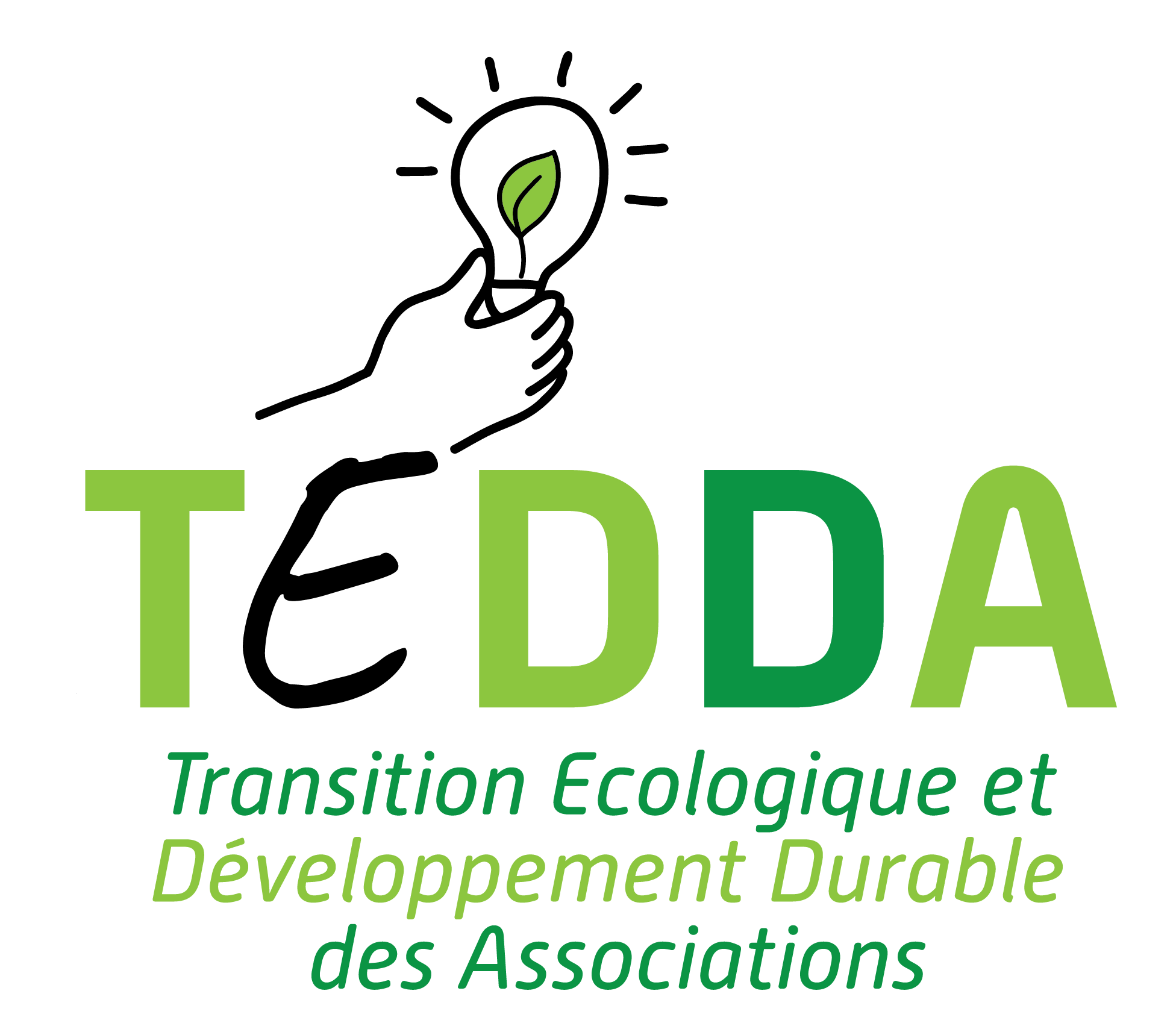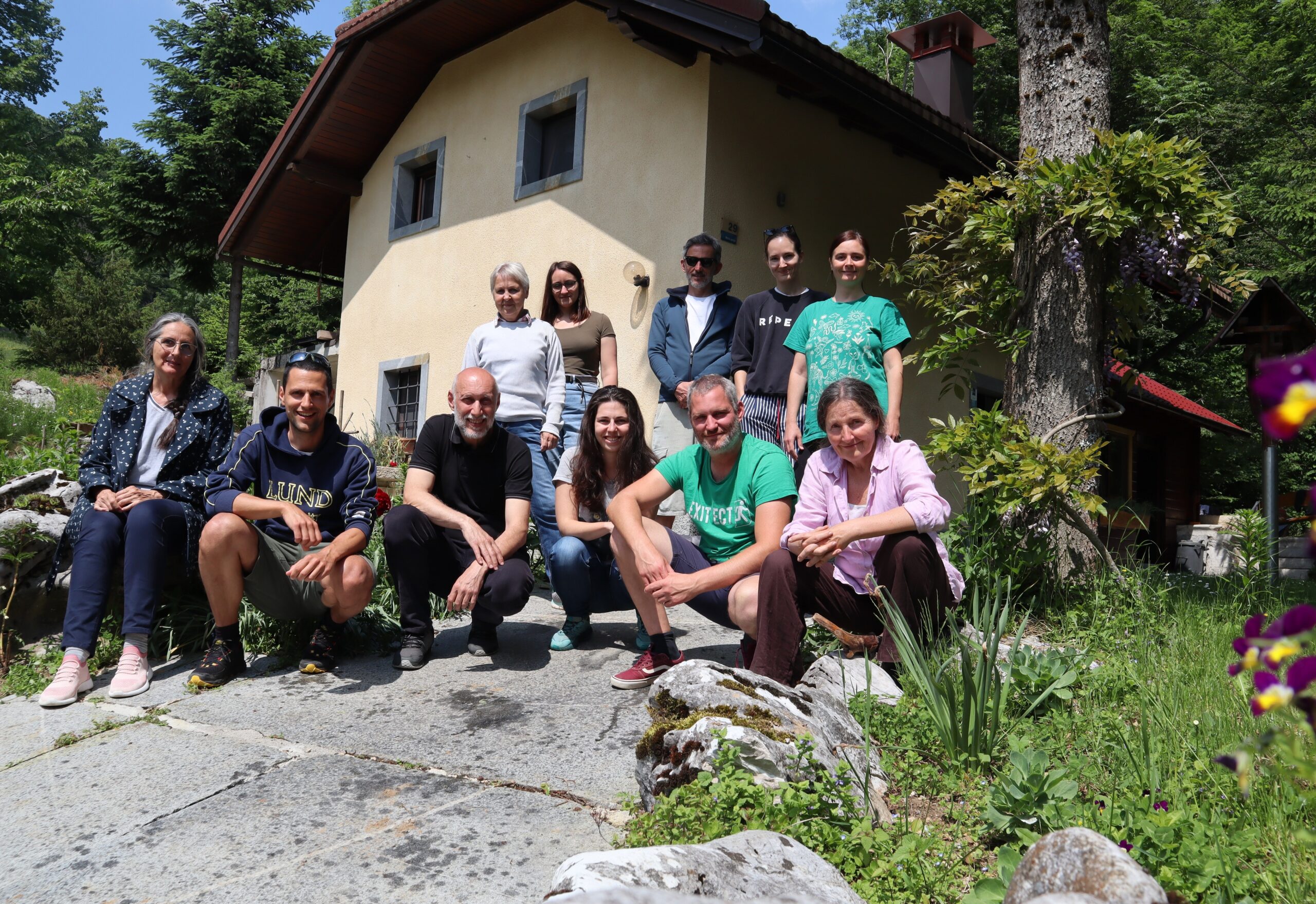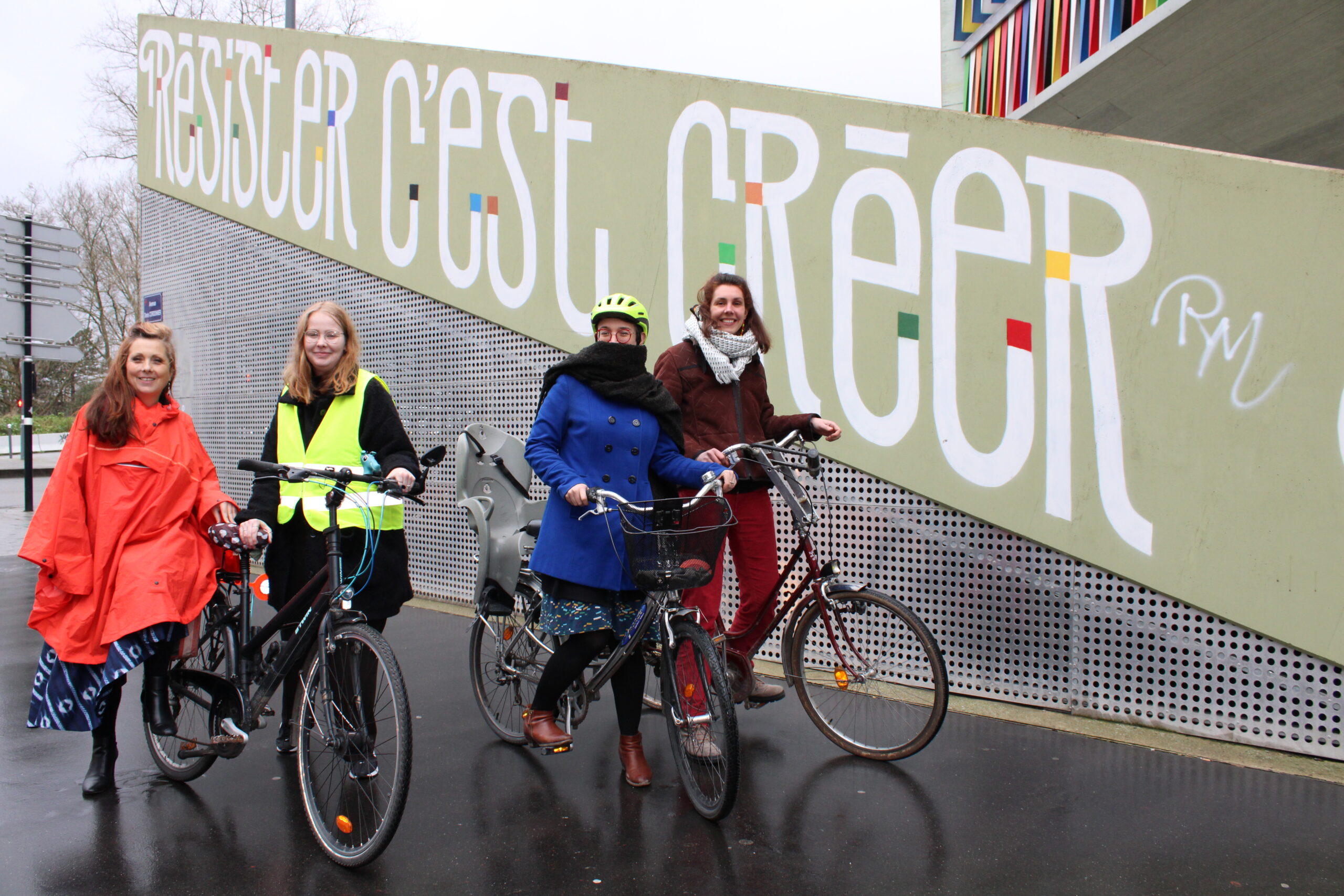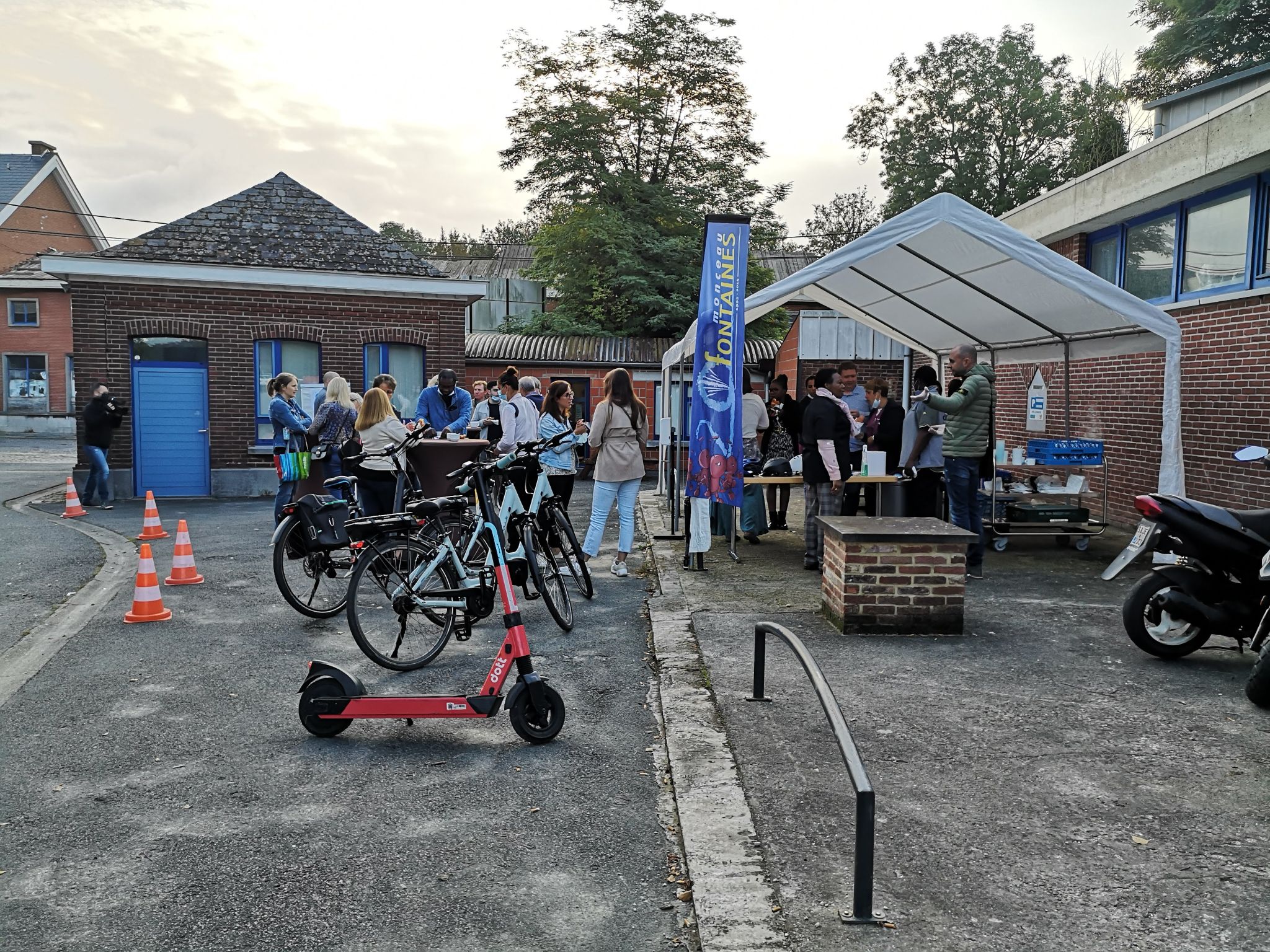
L’école et son quartier

L’école et son quartier
The association L’Ecole et son quartier aims to contribute to the reduction of social, academic, cultural, educational and sports inequalities, and to promote the development objectives as defined by the UN.
For more than 20 years, it has been working with the educational teams of the schools in its neighborhood in Lille, with actions on different themes: gardening and food, creative arts, sustainable mobility, cooperation, etc., for schools, children and their families, and residents in general.
Field of activity
Education and training
Work team
5 employees et 10 volunteers
City
Lille
Website / Social media
https://www.facebook.com/ecoleetquartier
Good ecological practices
The overall transition approach focuses on purchases, waste and mobility.
In the area of purchasing, the best practices were to:
purchase locally the materials needed to create and maintain the schools’ educational gardens and the food for the children’s snacks. For example, the fertilizer and manure used for the gardens are collected from a farm located less than 2 kilometers from the association, and the food for the children comes from a collaborative supermarket located in the neighborhood.
On the waste side, the association’s actions include:
avoid waste as much as possible by buying, for example, juice cubes to avoid individual cartons and by using nominative eco-cups
install composters in the gardens of each of the schools in the neighborhood, and at the Elocques chapel. Originally, the association made them out of pallets, but now the city is making communal composters available.
In terms of mobility, to facilitate the use of soft transport, the association has decided to:
buy two cargo bikes for the movements of the volunteers and employees of the association
encourage travel on foot (the association’s actions are mainly concentrated in the nearby neighborhoods), or by soft transport.
What was the trigger?
Being located near an eco-school has encouraged the team to carry out actions that are increasingly linked to sustainable development objectives.
Moreover, working in contact with children has revealed the importance of raising awareness about the environment, especially in a city context (the lack of greenery accentuates the need for nature). Recycling within the association was originally used to reduce costs, but the steps were mainly driven by the hiring of employees concerned by the issues of ecological transition.
Running the project
It was a “mutual enrichment”: in 2008, the board of directors of the association wanted to integrate sustainable development in the life of the structure, but the employees were not involved in the process. Subsequently, the hiring of people motivated by these issues has helped to launch the process. The employees and the president, on the basis of their personal commitments, skills and desires, have thus brought to life projects related to sustainable development.
Keys of success
- exchange with the associations and structures of the district, and share the material and the good practices with them
- collaborate with the city of Lille and the district council: the city lends a room to the association, and for the maintenance of the gardens it practices grouped purchases (soil,…)
- belong to a network of structures active in the ecological and solidarity transition (Fives en transition), and participate in the census of transition actions in the neighborhood. In this context, Anne-Céline (employee of the School and its district) has followed a training in permaculture
- have committed volunteers and employees who constitute the DNA of the association. It is a dynamic instilled in particular by an employee, Anne-Céline, then each one participates according to his or her desires. For example, on the employee side, Anne-Céline is very into recycling. Nick abounded in the gardening part of their activities. Florian is more focused on permaculture. Sophie on the artistic side. Sébastien on eco-mobility…
Financial support
The association has obtained funding from the Métropole Européenne de Lille (MEL) within the framework of “Mets la transition dans ton quartier” (“Bring the transition to your neighborhood”) and subsidies from the City of Lille for their actions in schools. The association also received a grant from the Da Vinci Foundation for the purchase of a cargo bike.
Encountered barriers
Several years ago, École et son quartier sought to calculate its carbon footprint but it was difficult to find both financial and methodological resources. Since then, the creation of biodiversity actions and the multiplication of calls for projects has made it possible to obtain funds and to become more involved in the transition.
Measures of change
The sustainable development actions of L’École et son quartier have led to the creation of partnerships and collaborations with associations working on the same themes. This has allowed the creation of links and a network.
For example, during the Fête des familles (family festival) that the association organizes every year, the team observes that the relationship with the target public and partners has been positively impacted. They get very good feedback from them and thank them for their actions…
The approach is valued by the partners, the target publics of their actions, the financial partners… It is highlighted in the association’s reports, but also via its social networks. This approach is now fully integrated into the functioning of the association. The objective is now to develop actions in this direction, in the long term.














